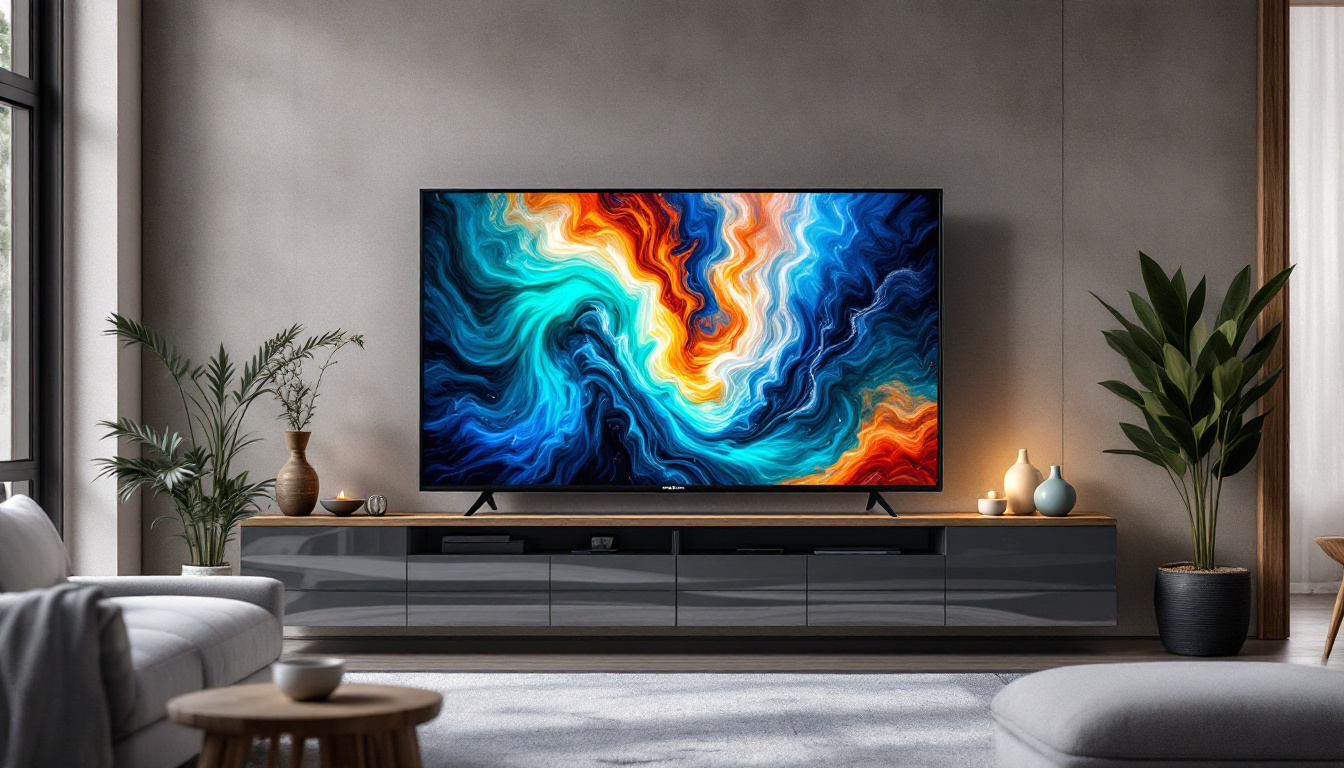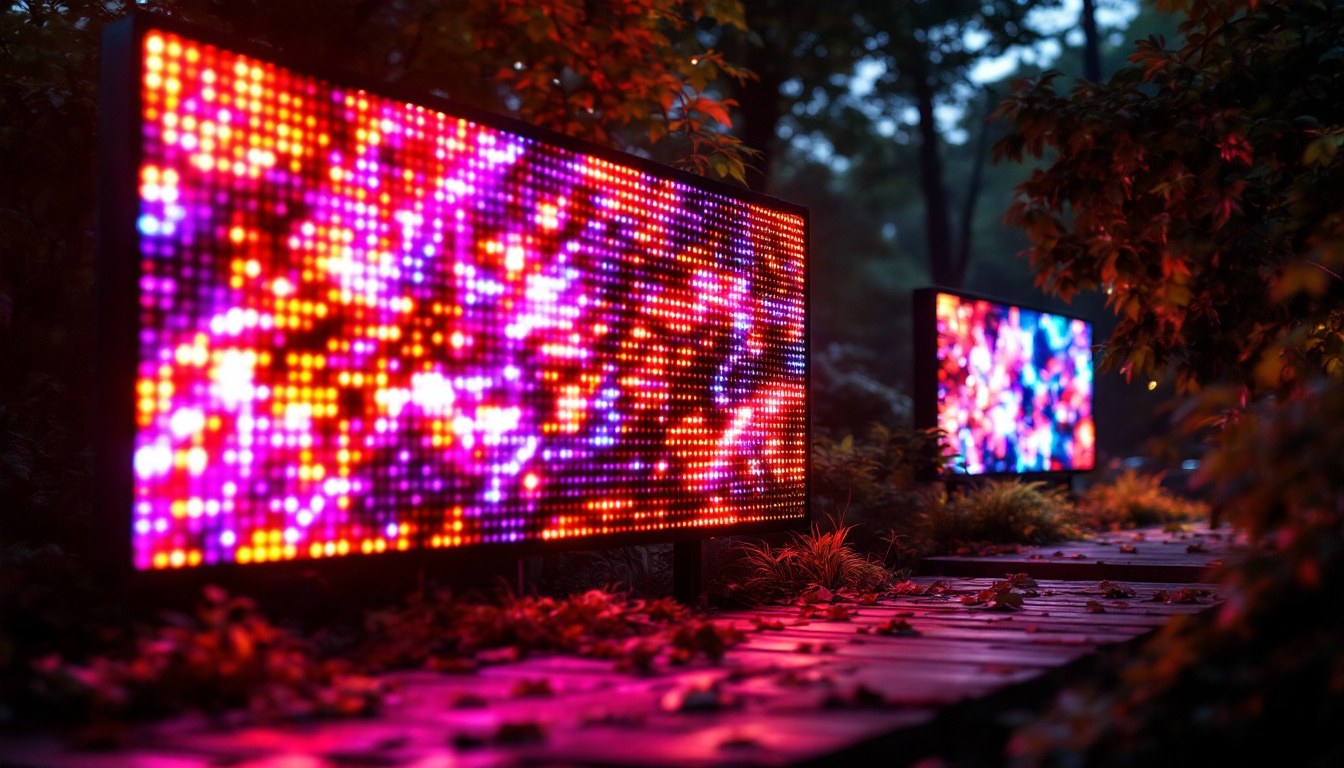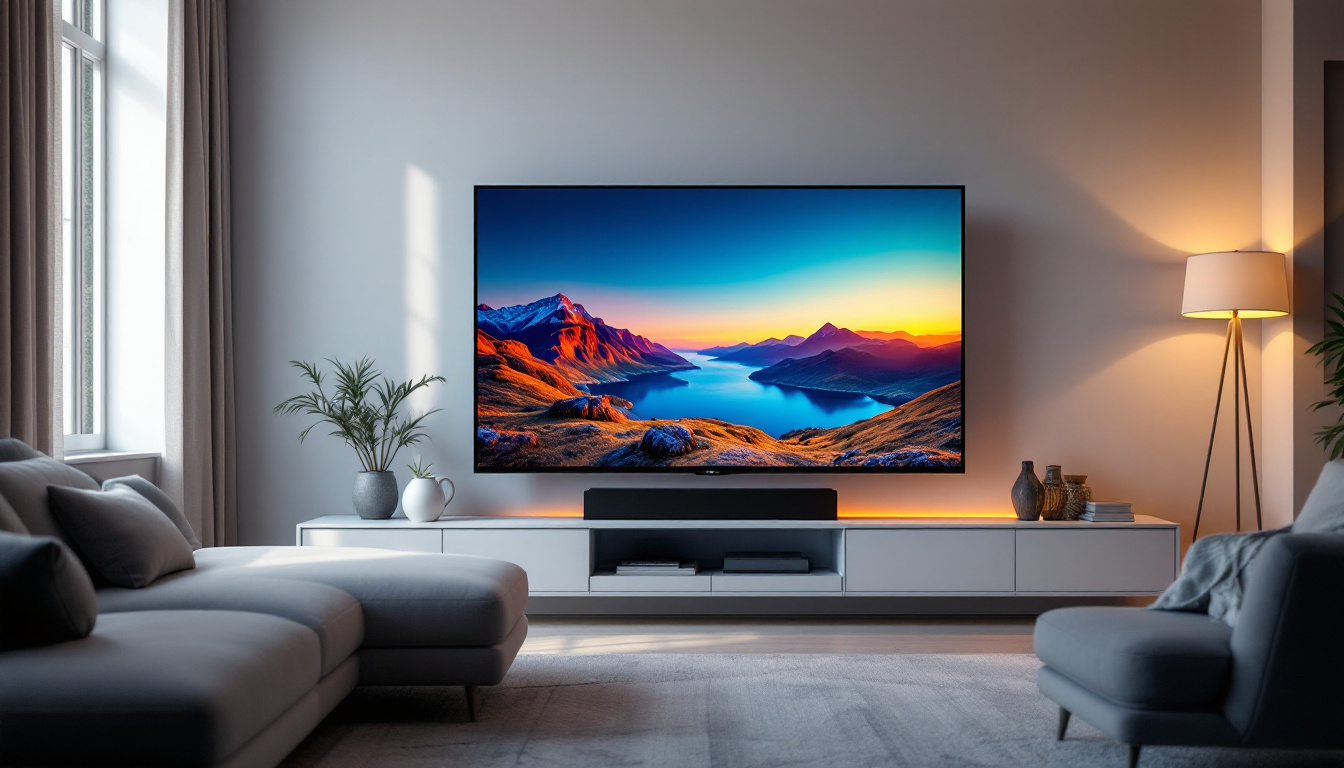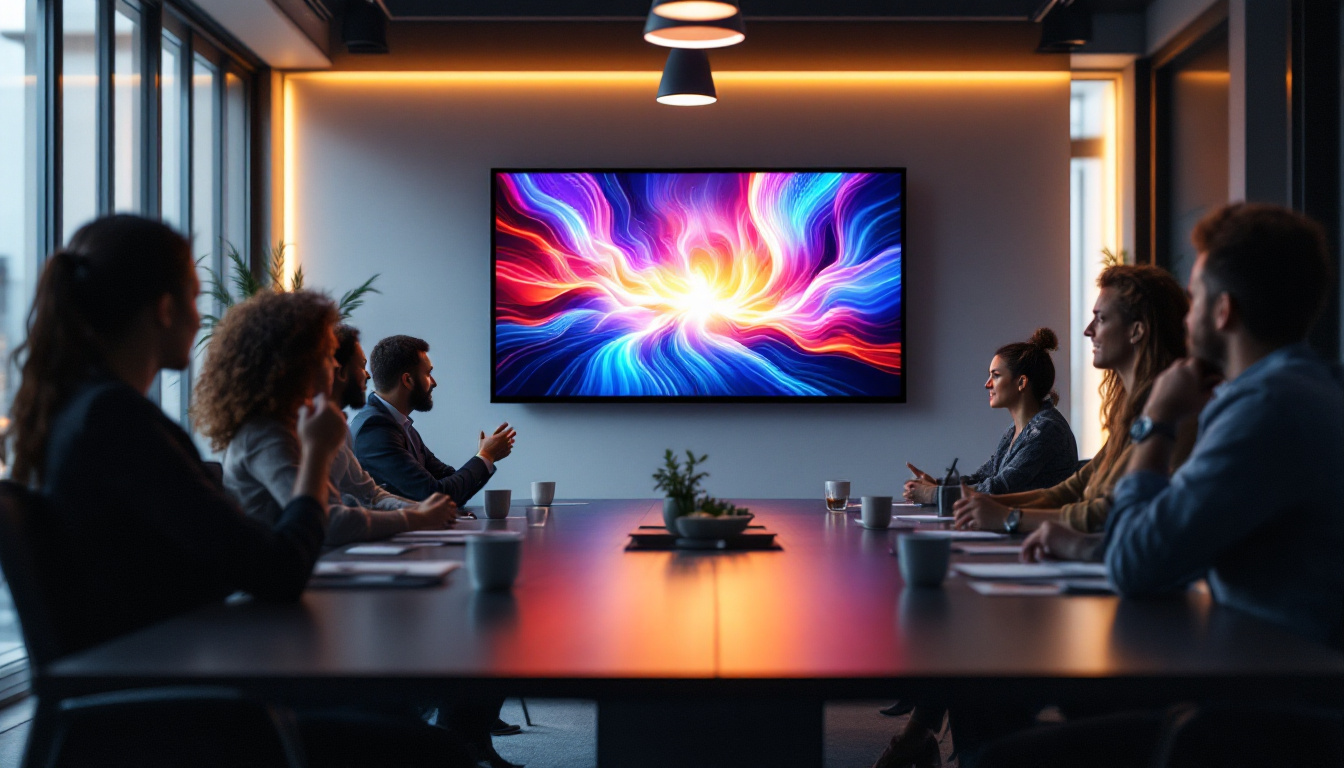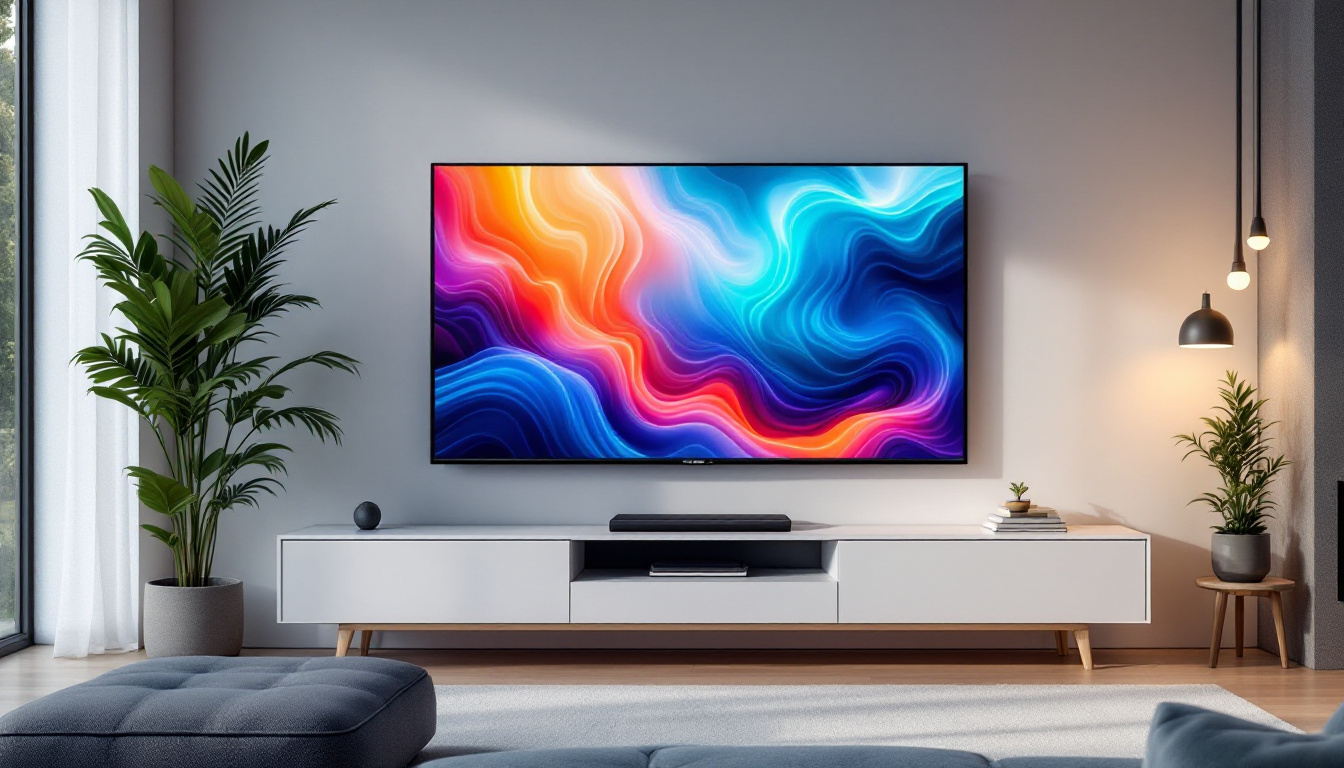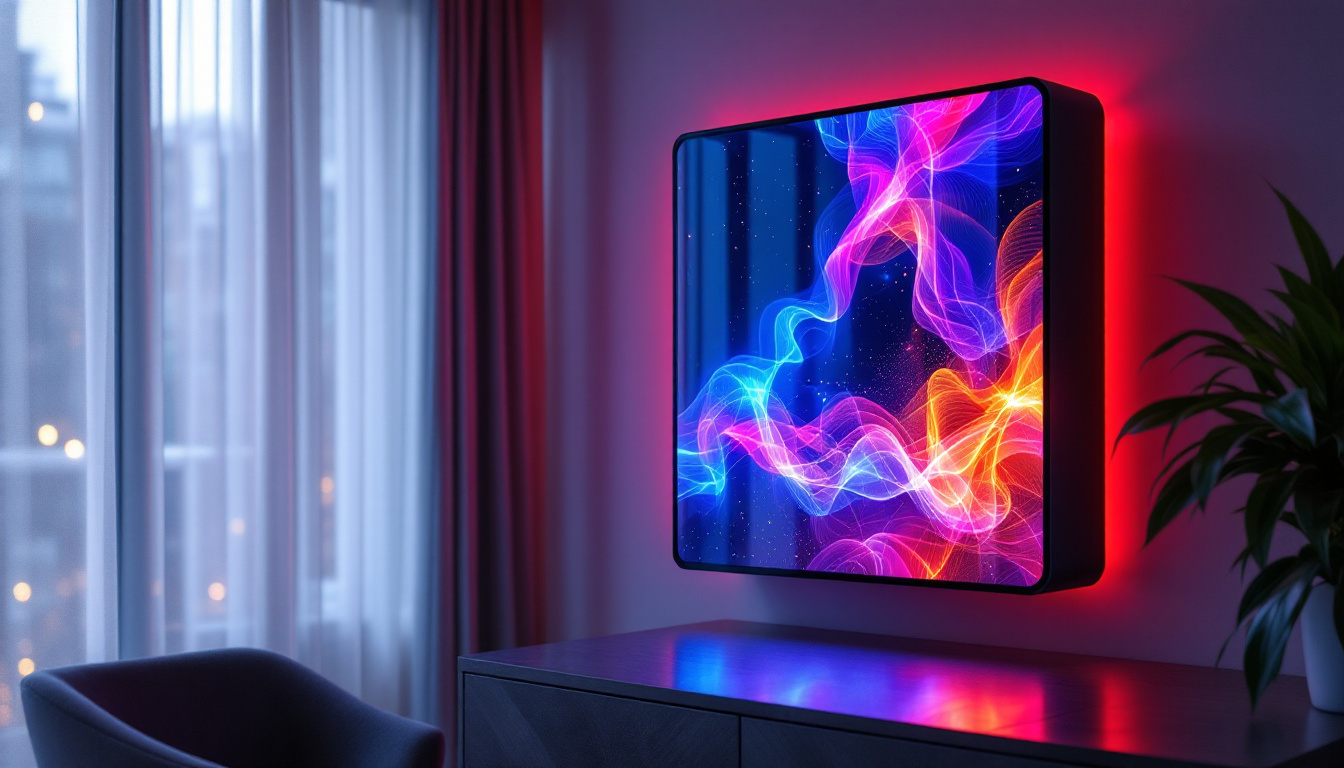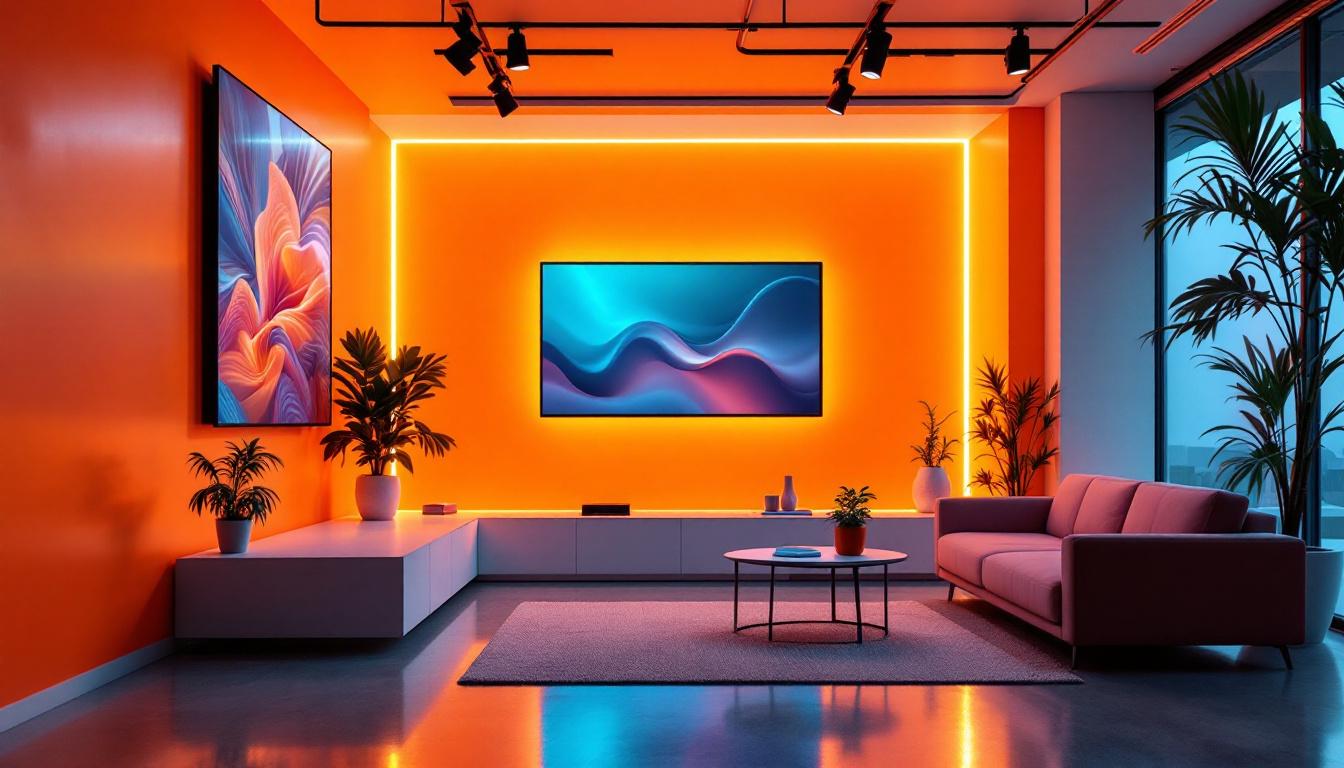In today’s digital age, understanding screen resolution is essential for anyone who interacts with LED displays, whether for work, gaming, or entertainment. Screen resolution refers to the number of pixels displayed on the screen, which directly affects the clarity and quality of the images and text. This article delves into the intricacies of screen resolution, how to determine it, and its significance in LED displays.
Understanding Screen Resolution
Screen resolution is defined by the number of horizontal and vertical pixels that make up the display. For instance, a resolution of 1920×1080 means there are 1920 pixels horizontally and 1080 pixels vertically. This measurement is crucial because it determines how much detail can be displayed on the screen. Higher resolutions allow for more information to be displayed simultaneously, which can enhance productivity and improve the overall viewing experience.
Pixels: The Building Blocks of Displays
Pixels are the smallest units of a digital image, and they combine to form the images we see on screens. Each pixel can display a specific color, and when combined in large numbers, they create the full spectrum of images and graphics. The more pixels a display has, the sharper and clearer the image will appear. This clarity is especially vital in applications where detail is paramount, such as in medical imaging or high-definition video production.
For example, a display with a higher pixel density (measured in pixels per inch, or PPI) will produce crisper images compared to a lower-density display. This is particularly important for tasks that require precision, such as graphic design or video editing. Additionally, advancements in display technology, such as OLED and Retina displays, have further enhanced the visual experience by providing deeper blacks and more vibrant colors, making it easier for professionals to work with intricate details.
Common Screen Resolutions
Screen resolutions vary widely, with several common standards used across different devices. Some of the most prevalent resolutions include:
- HD (1280×720): Often referred to as 720p, this resolution is commonly found in budget televisions and older computer monitors.
- Full HD (1920×1080): Known as 1080p, this resolution is the standard for most modern televisions and monitors, providing a good balance of quality and performance.
- Quad HD (2560×1440): Also known as 1440p, this resolution offers four times the pixel count of standard HD, making it ideal for gaming and professional applications.
- 4K Ultra HD (3840×2160): With four times the pixel count of Full HD, 4K resolution provides stunning detail and clarity, becoming increasingly popular in high-end televisions and monitors.
In addition to these common resolutions, there are also specialized formats that cater to specific needs. For instance, 8K resolution (7680×4320) is emerging as the next frontier in display technology, offering an astonishing level of detail that is particularly beneficial for large screens and immersive viewing experiences. Furthermore, the rise of mobile devices has led to unique resolutions tailored for smartphones and tablets, such as 1080×1920 for many flagship models, which optimize the viewing experience for smaller screens while still delivering sharp images. As technology continues to evolve, the landscape of screen resolutions will likely expand, offering even more options for consumers and professionals alike.
How to Determine Screen Resolution
Determining the screen resolution of an LED display can be accomplished through various methods, depending on the device in question. Here are some straightforward ways to find out the resolution of your screen.
Checking Display Settings on Windows
For Windows users, checking the screen resolution is a simple process. By following these steps, users can quickly find the resolution of their display:
- Right-click on the desktop and select “Display settings.”
- Scroll down to the “Display resolution” section.
- The current resolution will be displayed in a dropdown menu, showing the recommended resolution for the display.
This method not only reveals the current resolution but also allows users to adjust it if necessary, depending on their preferences or requirements.
Finding Screen Resolution on macOS
For Mac users, the process is similarly straightforward:
- Click on the Apple logo in the top-left corner of the screen and select “System Preferences.”
- Choose “Displays.”
- The resolution will be displayed in the “Display” tab, with options to change it if desired.
macOS also provides a “Scaled” option, allowing users to choose from various resolutions, which can be particularly useful for optimizing screen space or clarity.
Using Online Tools
For those who prefer a more universal approach, several online tools can help determine screen resolution. Websites that provide screen resolution testing can quickly display the current resolution of your device. Simply visiting such a site will often show the resolution at the top of the page.
These tools are particularly useful for mobile devices, where the settings menu may differ from traditional desktop environments. However, it is essential to ensure that the tool is reputable to avoid any security risks.
The Importance of Screen Resolution
Screen resolution plays a critical role in the overall user experience. It affects not only the clarity of images and text but also the performance of applications and games. Understanding its importance can help users make informed decisions when purchasing devices or configuring settings.
Impact on Visual Quality
The most apparent impact of screen resolution is on visual quality. Higher resolutions allow for more detail and sharper images, which is particularly beneficial for tasks that require precision, such as graphic design or video editing. For gamers, a higher resolution can enhance the immersive experience, making environments and characters appear more lifelike.
Conversely, lower resolutions can lead to pixelation, where individual pixels become visible, resulting in a less enjoyable experience. This is especially true when viewing high-definition content, where the difference between resolutions can be stark.
Influence on Performance
Screen resolution also influences the performance of devices. Higher resolutions require more processing power and graphics capabilities, which can affect the overall speed and responsiveness of applications. For instance, gaming on a 4K display demands significantly more from a graphics card compared to 1080p gaming.
Users should consider their device’s specifications when selecting a resolution. For instance, a high-resolution display may not perform optimally on older hardware, leading to lag and reduced frame rates.
Choosing the Right Resolution
Choosing the right screen resolution depends on several factors, including the type of content being viewed, the device’s capabilities, and personal preferences. Here are some considerations to keep in mind when selecting a resolution.
Content Type
The type of content being viewed plays a significant role in determining the ideal resolution. For instance, watching movies or playing video games may benefit from higher resolutions, enhancing the visual experience. In contrast, basic tasks such as word processing or web browsing may not require as high a resolution, allowing users to prioritize performance over visual fidelity.
Device Capabilities
It is essential to consider the capabilities of the device when selecting a resolution. A high-resolution display may not be beneficial if the device’s hardware cannot support it. Users should check their graphics card specifications and ensure that it can handle the desired resolution, especially for gaming or graphic-intensive applications.
Future Trends in Screen Resolution
As technology continues to advance, screen resolution is expected to evolve further. The demand for higher resolutions, such as 8K, is growing, with manufacturers beginning to produce displays that support these standards. However, the transition to higher resolutions comes with its challenges, including the need for more powerful hardware and the availability of content that can take advantage of these advancements.
8K Resolution: The Next Frontier
8K resolution, which offers four times the pixel count of 4K, is becoming increasingly popular in high-end televisions and monitors. This resolution promises unparalleled detail and clarity, making it ideal for large screens and immersive viewing experiences. However, the availability of 8K content is still limited, which may hinder widespread adoption.
Moreover, the hardware requirements for 8K gaming and video playback are significant, necessitating powerful graphics cards and processors. As technology progresses, it is likely that more content will become available, and hardware will become more accessible to accommodate these advancements.
Adaptive Resolutions
Another trend in screen resolution is the development of adaptive resolutions, which allow displays to adjust their resolution dynamically based on the content being viewed. This technology can optimize performance and visual quality, ensuring a smoother experience across various applications.
Adaptive resolutions are particularly beneficial for gaming, where the demand for high frame rates can conflict with the need for high visual fidelity. By adjusting the resolution on the fly, devices can maintain performance without sacrificing quality.
Conclusion
Understanding screen resolution is crucial for anyone who uses LED displays. From determining the resolution of a device to recognizing its impact on visual quality and performance, knowledge of this topic empowers users to make informed decisions. As technology continues to evolve, staying informed about trends and advancements in screen resolution will enhance the overall digital experience.
Whether selecting a new monitor, adjusting settings, or simply enjoying content, an appreciation for screen resolution can significantly enhance the way users interact with technology. By considering factors such as content type, device capabilities, and future trends, users can ensure they are getting the most out of their LED displays.
Discover the Future of LED Displays with LumenMatrix
Ready to experience the ultimate in screen resolution and visual quality? LumenMatrix is at the forefront of LED display innovation, offering a wide range of solutions tailored to your needs. From captivating Indoor LED Walls to dynamic Outdoor LED Displays, and from versatile Vehicle LED Displays to sleek LED Poster Displays, our technology is designed to revolutionize your visual communication. Elevate your brand’s visibility and engage your audience like never before with our LED Sports Displays, interactive Floor LED Displays, and customizable options. Don’t miss out on the cutting-edge advancements in LED technology. Check out LumenMatrix LED Display Solutions today and transform the way you share your message.



